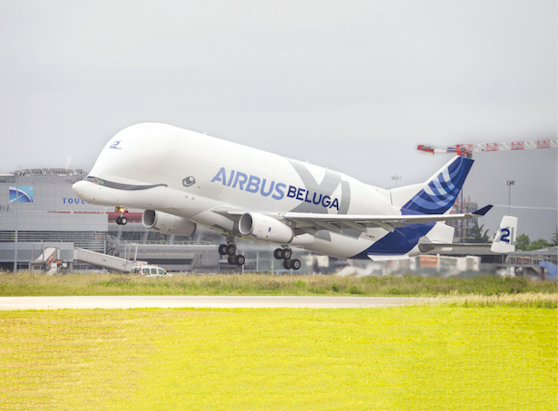Freight, Logistics and Warehousing
Heavy Hitters
What constitutes an abnormal load is very clearly defined by the Department of Transport – and constantly reviewed as “out of gauge” shipment needs grow.
While the National Road Traffic Act (Act 93 of 1996) and the National Road Traffic Regulations (2000) prescribe certain limitations on vehicle dimensions and axle and vehicle masses for vehicles using a public road, certain vehicles and loads simply cannot be moved without exceeding the limitations.
If a load can’t be dismantled into units that can be transported legally, it is classified as an abnormal load and is allowed to travel on public roads under an exemption permit, issued in terms of Section 81 of the National Road Traffic Act.
The South African legislation around road transport of abnormal loads is known as TRH11 – Dimensional and Mass Limitations and Other Requirements for Abnormal Load Vehicles, the original version of which was promulgated in 1970 by the Committee on Abnormal Loads. The most recent revisions to that document were made in August 2009.
The document defines “in gauge” and “out of gauge” (OOG) cargo, says Neil Isikson, project manager for Geodis South Africa, in terms of which all freight service providers need to classify their shipments before cargo is loaded onto aircraft or ships, after being transported from their place of supply or manufacture. “These types of abnormal loads can be anything from yellow machines – bulldozers, excavators, loaders, cranes and so forth – to mining equipment, bottling and brewery equipment, transformers, renewable energy equipment (especially for wind farms), industrial equipment like boilers and autoclaves, and petrochemical equipment,” says Isikson.
“Each mode of transport has its own peculiarities,” adds Isikson. “When moving cargo by air, some limitations include the width and height of the aircraft’s cargo doors, closely followed by weight restrictions.”
Heavy seas
When it comes to transporting cargo by sea, Isikson says that there are several options available:
Containers: Cargo that is marginally OOG will often be shipped using specialised containers. These include Open Tops, where over-height cargo can be loaded and protrude through the roof of the container; and Flat Racks, for wide, high and heavier cargo and bolsters, where a combination of wide, high and long cargo can be accommodated. The advantage of using containers is that there are usually more port options available than for other modes of ocean freight. A disadvantage is that there are limitations to length, width, height and weight.
Roll-On, Roll-Off (RoRo): RoRo is another option for OOG cargo, especially self-propelled cargo (think a typical car carrier), although these carriers can and do take static cargo. This is a good option currently, as these carriers offer a regular service to a variety of ports. They also have dimension restrictions, though these are less problematic than containers.
Break Bulk: These are specialised vessels that are designed to carry loose or OOG cargo of all descriptions. These vessels have massive carrying capacities and are usually equipped with their own lifting equipment (on-board cranes) to load and offload their own cargo, with the only restriction generally being their lifting capacity.
Unfortunately, there are very few regular sailing schedules and routes, and if the destination is not on one of these routes, one would have to pay an inducement cost, which becomes expensive. For super-heavy lift cargo, there are specialised vessels that can be chartered accordingly.
Driving miss massive
There are several challenges when moving cargo by road, says Isikson. “These include bridge width, height and carrying capacities, overhead power and telecom cables, road conditions, traffic conditions on specific routes and street furniture – street signs, culverts, traffic lights, barriers and so forth.”
Transporting OOG cargo requires a variety of permits. “For road transport, before carrying any abnormal cargo, transporters need to apply to the Department of Transport for permits,” explains Isikson. The length of a truck or semitrailer cannot exceed 18.5m while the length of a “superlink” may not be more than 22m. The truck or trailer can be up to 2.7m wide and no higher than 4.3m from the ground. The limit for a 13.5m Tri-Axle is 28 tonnes, while the limit for a 15m Tri-Axle is 30 tonnes. “Superlinks” have a gross limit of 24 tonnes.
If the load exceeds these restrictions, permits must be obtained from the relevant authorities for each province through which the load will travel.
“Each OOG load has differing requirements,” says Isikson. “Smaller loads may only require a simple overwidth or over-height permit, but the more complex loads may additionally require route surveys, axle loading calculations and stability calculations, just to name a few. For sea and air – again, depending on the cargo size – all have their own regulations and requirements specific to their aircraft or ships.






 Sign-up and receive the Business Media MAGS newsletter OR SA Mining newsletter straight to your inbox.
Sign-up and receive the Business Media MAGS newsletter OR SA Mining newsletter straight to your inbox.